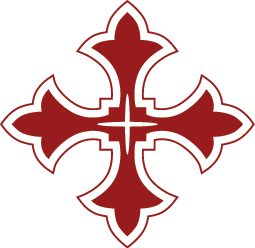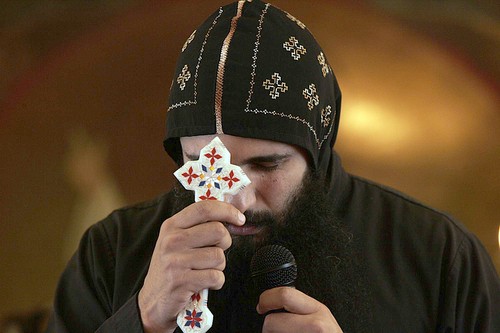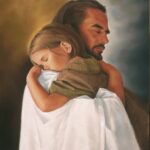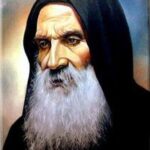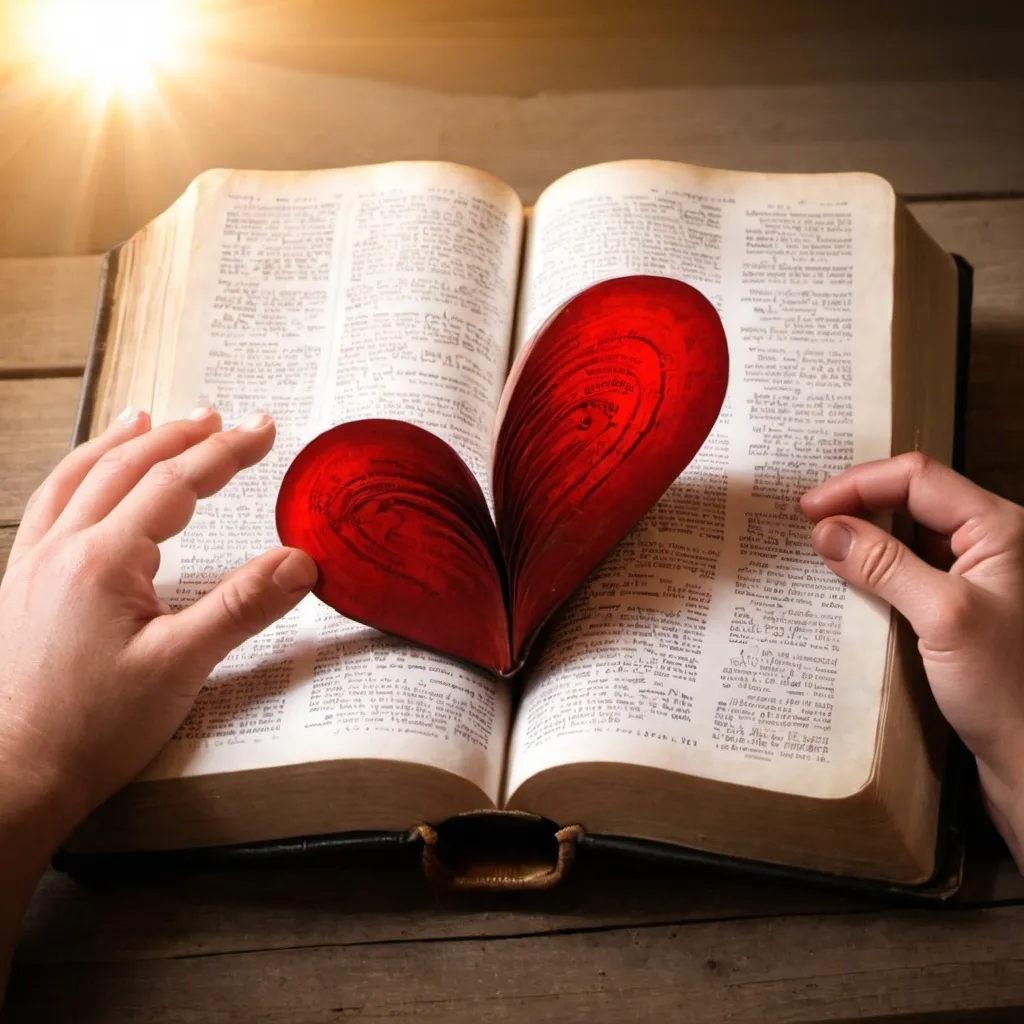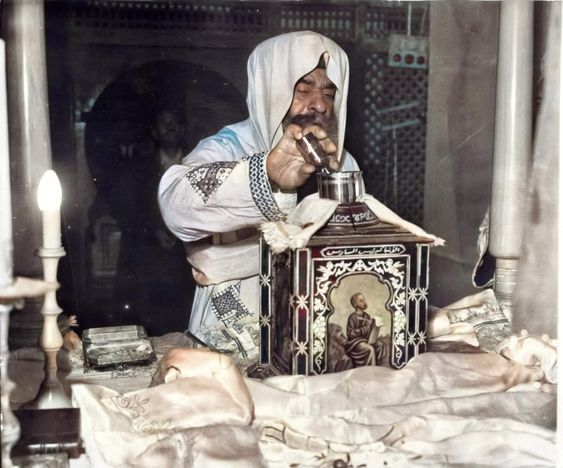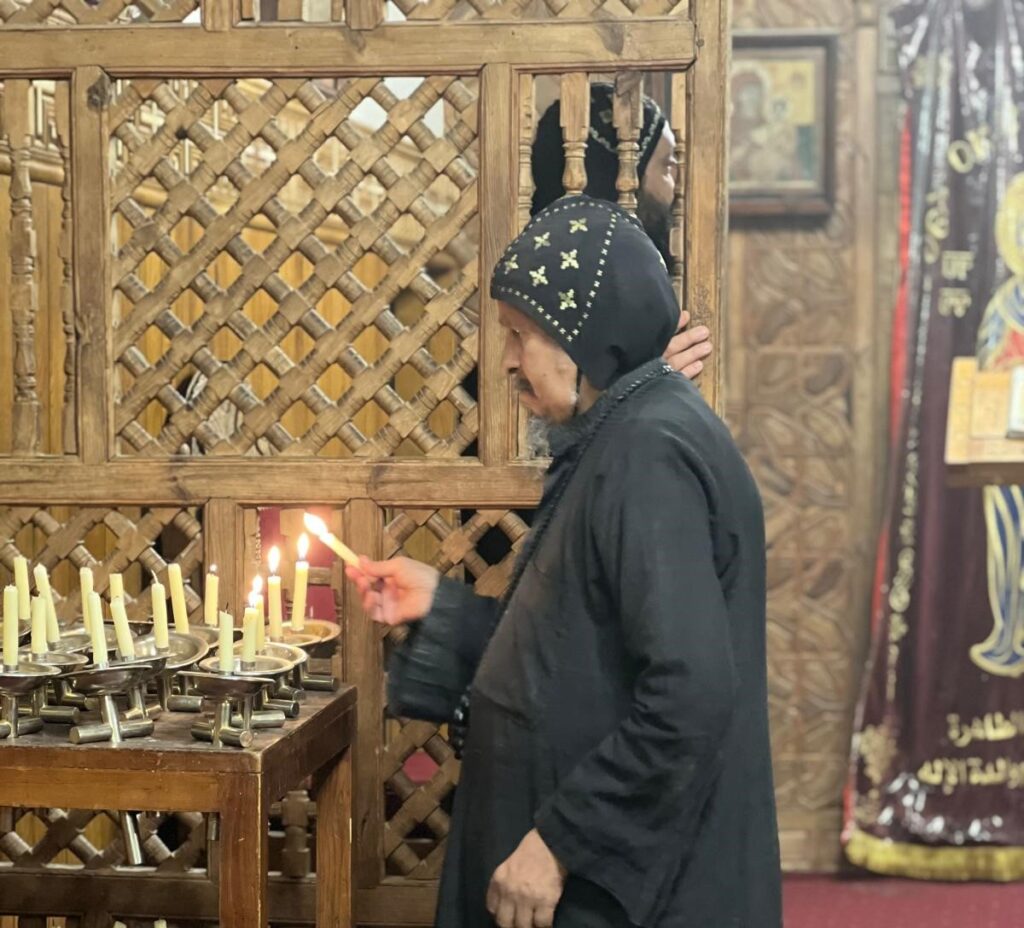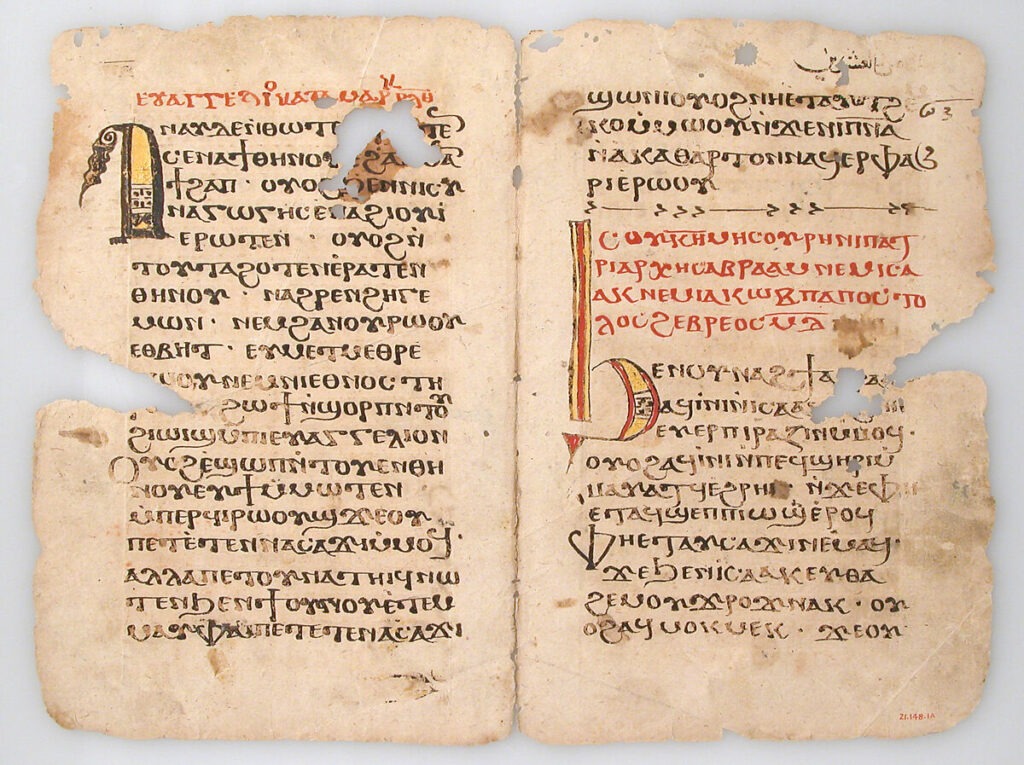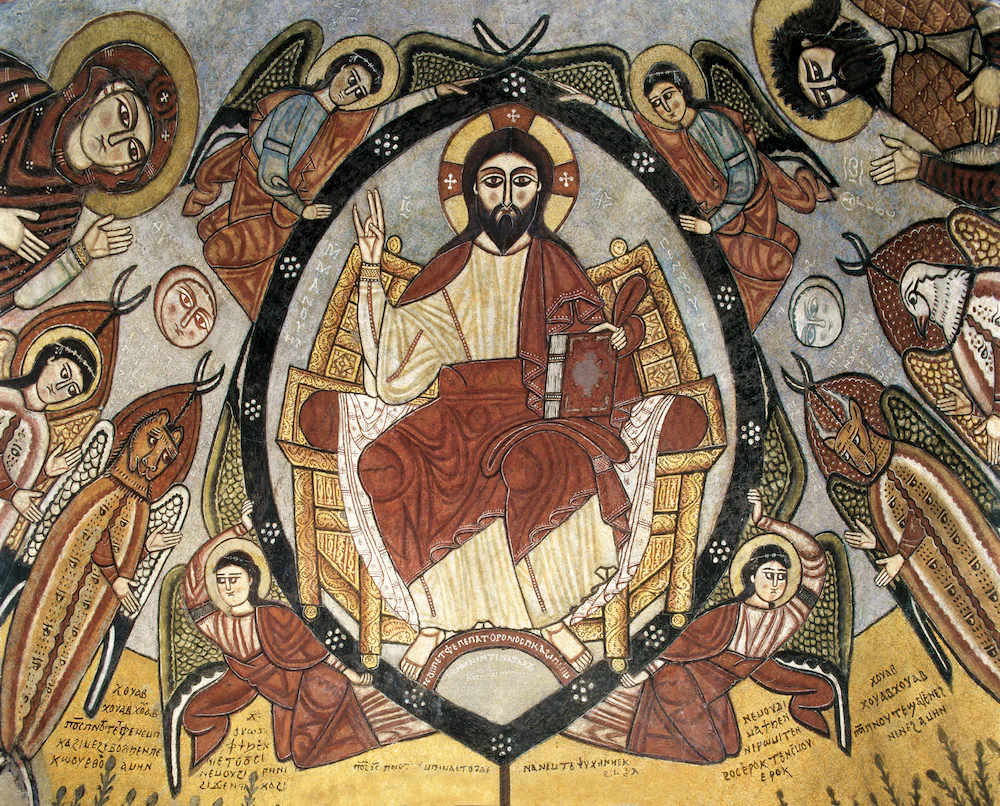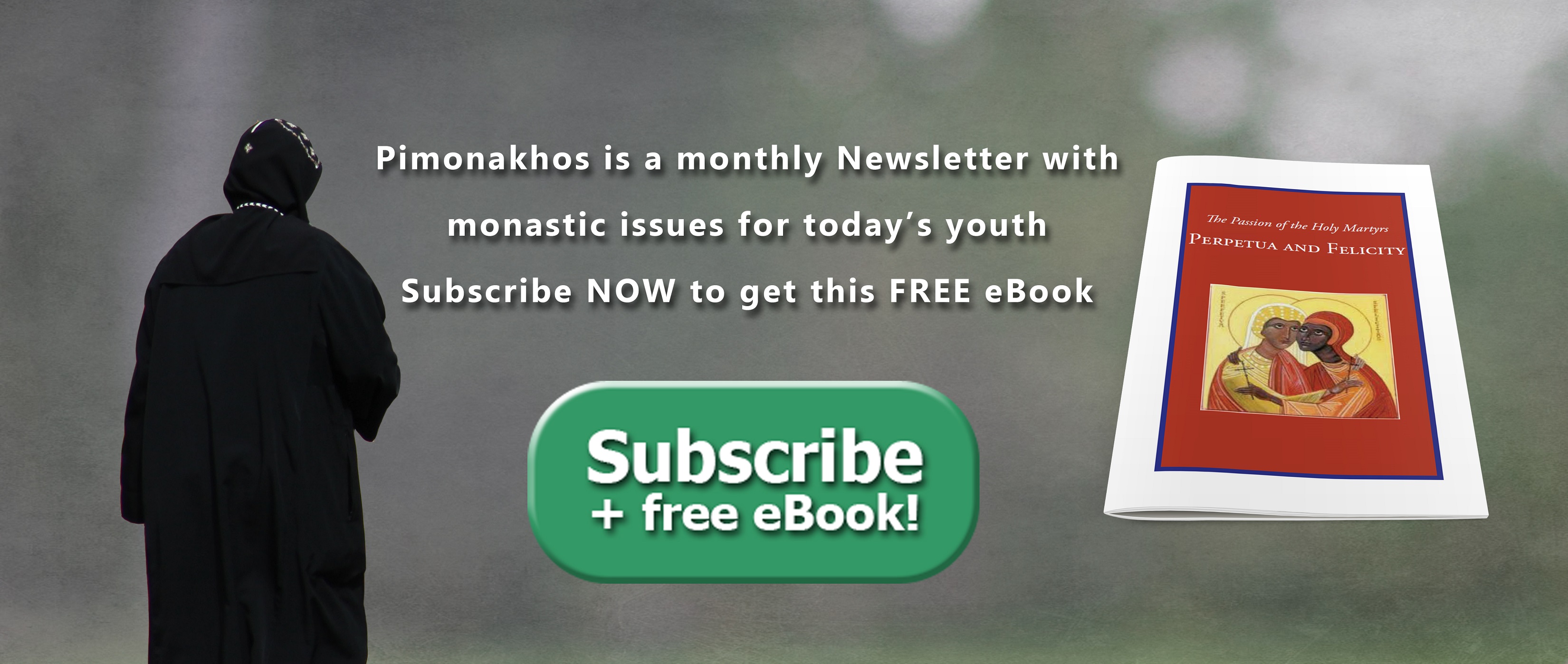The Symbolism of the Monk‘s Kalansowa:1- It symbolizes the soldier‘s helmet in wars which protects him from the strokes of the enemy. In the same way, the monk‘s Kalansowa, with the crosses on it, protects him from the strokes of the enemy of good. 2- The hood protects the little child from the severe coldness …
The Symbolism of the Monk‘s Kalansowa:
1- It symbolizes the soldier‘s helmet in wars which protects him from the strokes of the enemy. In the same way, the monk‘s Kalansowa, with the crosses on it, protects him from the strokes of the enemy of good.
2- The hood protects the little child from the severe coldness of winter providing him with warmness. In the same way, the monk needs the warmness of the Holy Spirit to protect him from the evil of sins “in ardor of spirit”. It symbolizes also the innocence of children as a monk should, like children, lead a life of simplicity and meekness.
3- The Kalansowa dangles behind the back of the monk, which refers to the fact that the monk has left the world behind him renouncing it and looking ahead to the Lord in heaven. In other words, it symbolizes renouncing the previous life with its weaknesses and mistakes and moving forward towards the life with Christ as St. Paul the Apostle says, “Forgetting what is behind me and reaching out for that which lies ahead”.
4- The Kalansowa covers the entire head, which refers to the complete consecration to the life of monasticism, which means consecrating the heart, the thought and the body to God as Jesus said, “Love the Lord your God with all your heart, with all your soul and with all your mind”.
5- The Kalansowa is split in the upper, middle part only not reaching the whole Kalansowa. The manuscript in Dayr al Surian states when the enemy of good tried to snatch the Kalansowa off the head of St. Antony by force, it split in the middle. “When the saint asked for the help of God, the devil fled leaving the torn Kalansowa. The saint sewed it with thick needles, with which he sewed the baskets and plaits he used to make, and put it on again”. The split Kalansowa symbolizes the limitedness of the war waged by the enemy of good against the monk. It also symbolizes the ability of the monk to stop the wars and tricks of the enemy of good.
6- Six crosses on the right side and six crosses on the left side. The overall number of crosses is twelve, which symbolizes the twelve disciples and the complete preservation of the faith of our fathers the apostles. As for the back cross, it symbolizes Christ embracing and protecting his son the monk from the strokes of the enemy of good.
7- The color of the crosses on the Kalansowa represents the color of the stars shining in the sky. The monk, by consecrating his life to Christ, is considered a shining star among the saints.
8- The existence of the crosses on the head of the monk represents taking up the cross and following Christ according to the Lord, “If anyone wishes to be a follower of mine, he must leave self behind; he must take up his cross and come with me”.
9- The head of the monk hidden under the Kalansowa is like a treasure hidden in a field.
10- The shape of the Kalansowa looks like the Coptic letter Gama, which is the beginning of many Coptic words such as, safe, quietness, new, fruit, birth, creative, sweet, noble, knowledge and Golgotha. All these words have significance in the monastic life.
By: Bishop Martyros
From: The history of the monastic Kalansowa
